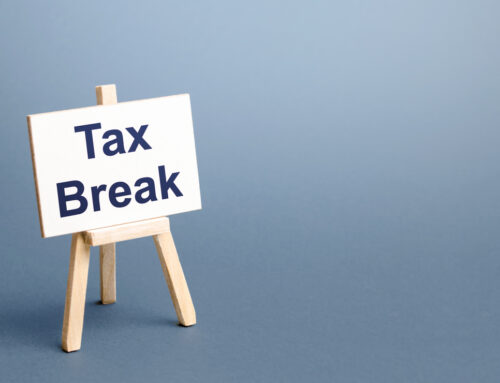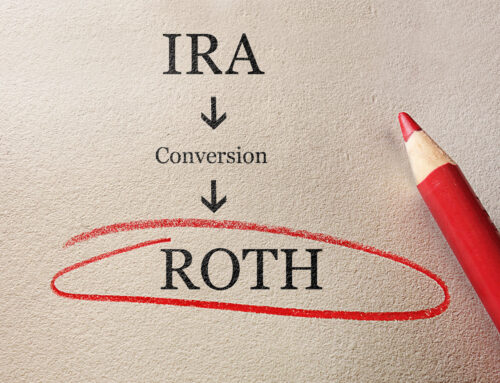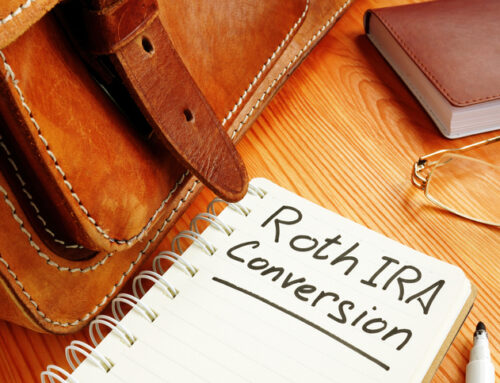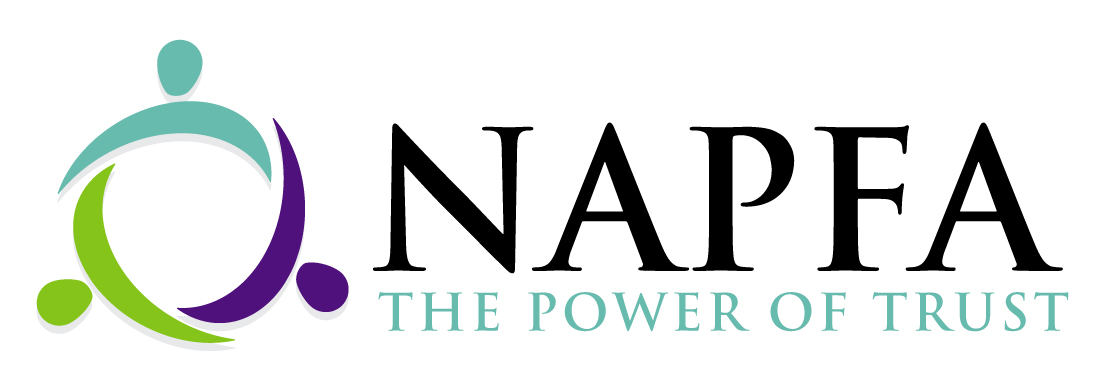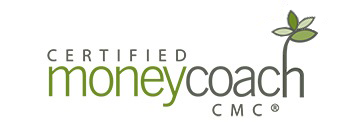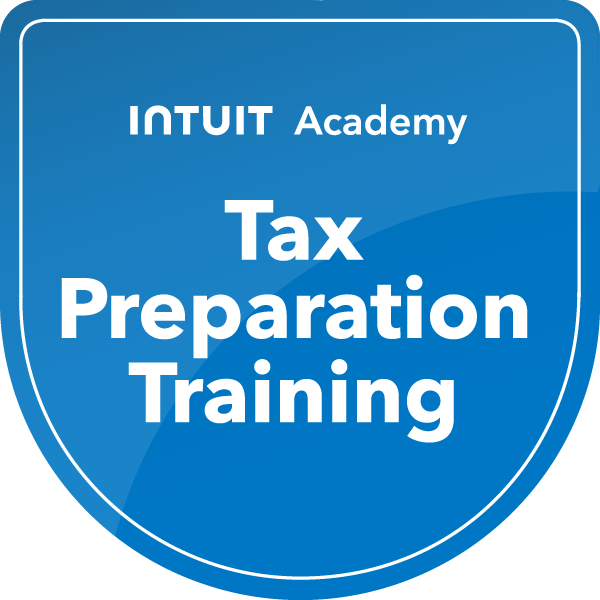How Do You Reduce Your Taxable Income Before and After Retirement?
Keeping up with all the tax legislation changes makes it challenging to know what you can do to reduce your income taxes. Here are some ways to reduce your taxable income while you are working as well as after you are in retirement.
Tax-Loss Harvesting
You may have losses in your investment portfolio from positions that are now worth less than what you initially paid for them. By reinvesting in a similar asset class to remain diversified, the captured loss can reduce future gains and help offset capital gains tax exposure. When doing this, it is very important that you do not create a wash sale as that is prohibited. When you properly execute this strategy, you can also carry the remaining losses over to future years.
Tax-Sheltered Real Estate
Owning a home is a great tax shelter. While paying a mortgage, we typically expect the value of our home to increase over time. So, for a married couple that sells their home, they will receive a tax exemption of the first $500,000 in profit. Rental investments can also provide tax benefits, but there’s rules for who can take deductions for those properties.
Tax-Sheltered Retirement Accounts
A tax-deferred retirement account can be used as a tax shelter by maximizing your contributions during your working years to a 401(k), a 403(b) and possibly even an Individual Retirement Account (IRA), depending upon your total income. These contributions reduce your taxable income, and the money grows tax deferred. However, this is not a permanent tax shelter as you will be required to pay taxes when you begin taking distributions in retirement, also known as required minimum distributions (RMD). For those early in retirement, a Roth conversion may be effective if you have sizeable, qualified retirement accounts that may incur higher tax rates later in life.
Tax-Efficient Investments
Besides qualified retirement accounts, some additional tax-sheltered investments include municipal bonds. These are tax-efficient because they do not incur federal taxes, and often the interest income is tax-exempt at the state and local level. Treasury bonds are tax efficient as they are exempt from state and local income taxes. Among stock funds, exchange traded funds (ETF) tend to be more tax-efficient than mutual funds as they have fewer in-fund capital gains events. Collectibles can also be a tax-sheltered investment, which includes things like antiques, art, and luxury watches.
Tax-Sheltered Education Savings
A 529 Education Savings Plan is another great tax shelter that also provides savings for a child’s college education. In addition to being tax exempt from federal income taxes, some states allow you to deduct contributions from your state income taxes.
Starting a Business
Besides the additional income that a side hustle can provide, there are numerous tax deductions available to small business owners and self-employed workers.
- Qualified Business Income (QBI) deduction
- Home Office or Rent expenses
- Health & Business insurance premiums
- Continuing Education costs
- Auto Expenses related to business travel
- Retirement savings contributions
- Self-Employment taxes
- Office Supplies, Phone & Internet costs
- Business travel & meals
- Advertising & Marketing expenses
- Certain professional memberships
Workplace Benefits
Paying for group insurance premiums with pretax salary is another way to reduce your taxable income. Employers may offer some fringe benefit plans such as flexible spending accounts (FSA) and deferred compensation. A Health Savings Account (HSA) may be available if you have a high-deductible health insurance plan, as these not only allow you to make tax-free contributions, but the money grows tax-free, and the withdrawals are tax-free if used for qualified medical expenses. So, you are getting triple tax benefits!
Qualified Charitable Distribution
A qualified charitable distribution (QCD) allows you to use your IRA to make donations to a qualified charitable organization and satisfy your RMD, thus not having to pay the taxes on your retirement savings and fulfilling your charitable intent. You must be 70.5 years of age to do this. By reducing your Adjusted Gross Income (AGI), you may also have the additional benefit of reducing your Medicare surcharge or lowering Medicare income-related monthly adjustment amount (IRMAA) premiums.
Donor-Advised Fund
A donor-advised fund (DAF) provides a tax-deductible donation that grows tax-free until you recommend a grant to the qualified charity. You receive a tax deduction in the year you contribute, even if you choose to distribute the money in the future. One additional DAF strategy is contributing your appreciated securities held more than a year that minimizes future capital gains taxes.
Wealth Transfer
By properly structuring your estate plan, you can create tax-favorable wealth transfer strategies that ultimately leaves more assets to your heirs or a qualified charitable organization.
Here are some other perspectives from XYPN Good Financial Reads.



